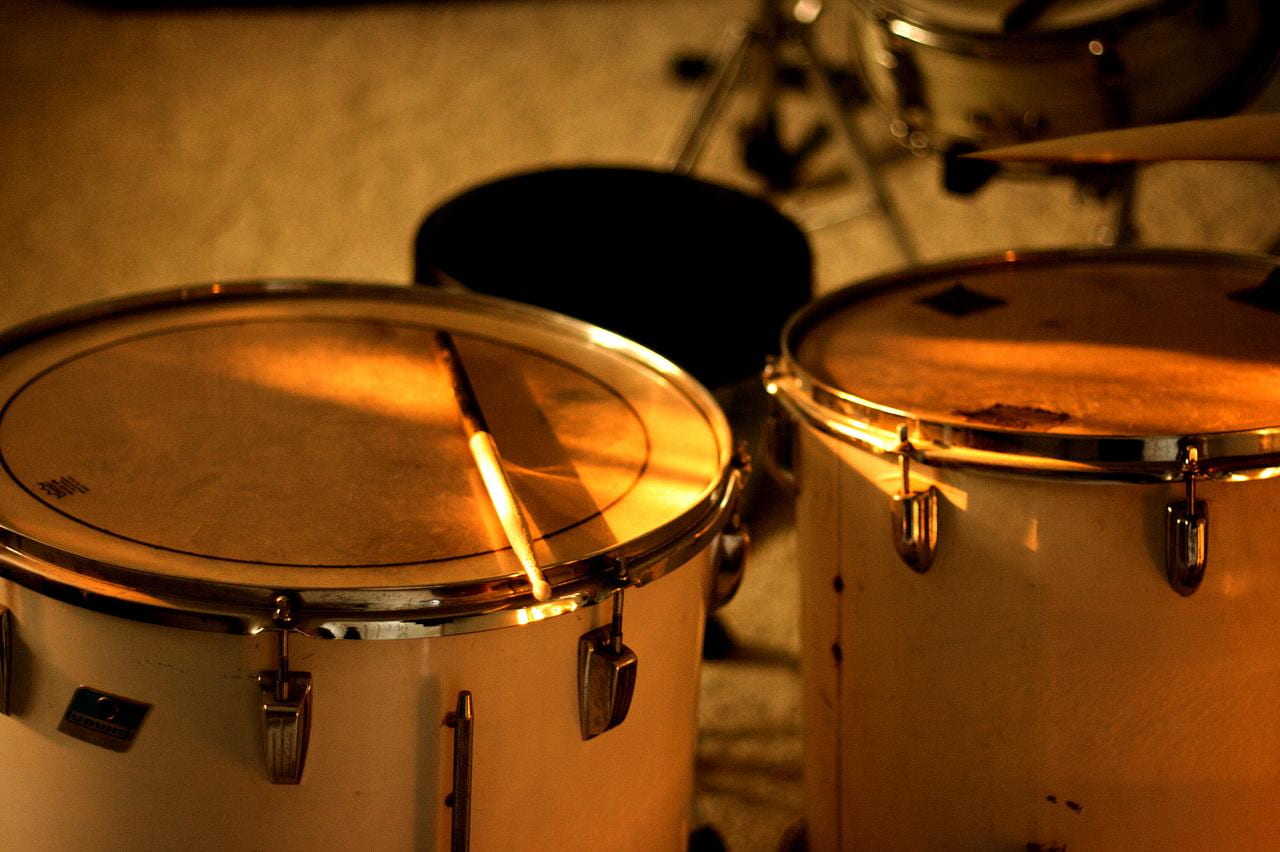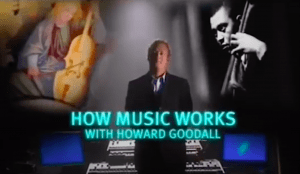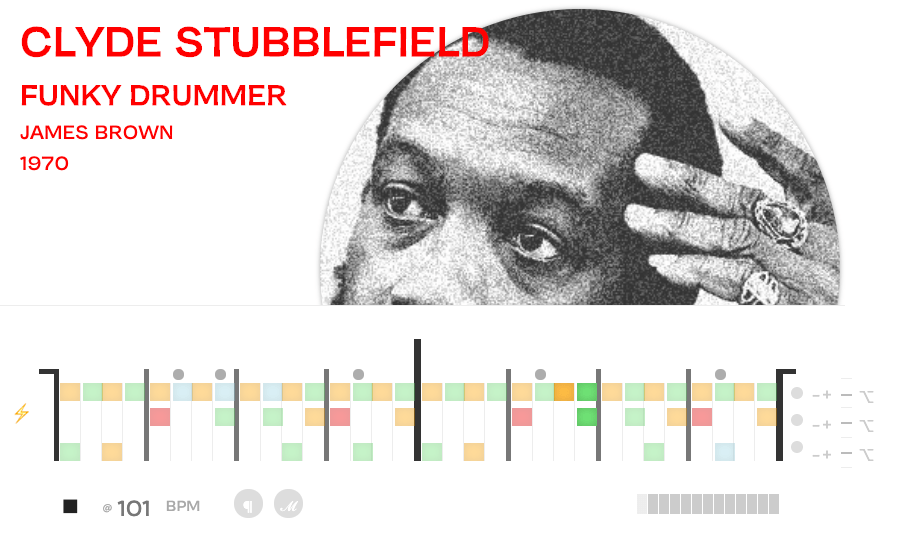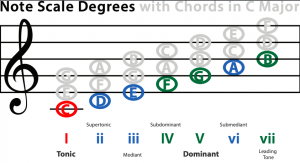Rhythm Research, Analysis, and Recording Project

Summary
In this project, we’re developing our knowledge of rhythm via tutorials and studying existing songs, in order to add a rhythm section to our composition.
My First HookTheory Rhythm (Beat)

I like that they had options for a more quiet, ambient rhythm section instead of just the usual pop/rock sound. I was a bit disappointed to learn that you can’t customize the drums that much, though, and only get to work with a pre-set groove.
Notes from Howard Goodall’s Rhythm Video

| Cue | Notes |
| Write your questions here… |
semibreve – whole note
minim – half note crochet – quarter note quaver – eighth note semiquaver – sixteenth note |
Summary
Rhythm is found in everything–even our bodies. The structure it brings is incredibly integral to all music, and can easily stand on its own two feet.
Rhythm Composition Terms and Definitions
- Rhythm comes from natural things
- rhythm is even in music when you can’t hear it
- most beats are divided by 2,3, or 4
- accent, pulse, sub-division
- accents can put emphasis on one or two notes to make it sound very different
- syncopation is a musical sleight of hand that makes it sound more mischievous and playful
- the elastication of syncopation became jazz
- cross-rhythm is music’s party trick. its the overlay of one pattern over another
- in Cuban music, the melody and bass line are ahead
- the Latin push has become very common nowadays
One of My Favorite Rhythms (Beats)

During the first verse of this song, the rhythm seems to be maintained by the acoustic guitar and without any drums. I like the sort of classical feeling it creates, which fits with the song’s lyrics and overall vibe.
Play with Funklet
Export a MIDI File from Funklet

Explore Expanded DAW Drumming Options
- Soundtrap Tutorial 1 (2020) – Make a basic drum beat
- GarageBand – How To Use Drummer
- If you are ready to really learn more about Garageband, watch these GarageBand 10 Tutorials
My Second HookTheory Rhythm (Beats)

After messing around with the timing of the “bands”, I decided to go for a heavier electronic rhythm. I think the halftime rhythm sounds good with the melody’s structure, and I added a little fill at the end to fit with the ending of the chord progression.
What I Learned & Problems I Solved
Honestly, I didn’t initially realize there were drums built into Hookpad. They were pretty fun to play around with, but I wish I had a bit more freedom to customize them without needing a MIDI setup.
Grammar and Spelling
Grammarly 🤨
Resources
- Watch Mr. Le Duc’s Tutorial for Exporting and Importing MIDI Files with Funklet, HookLab, and Soundtrap, if you get stuck with any of these steps.





